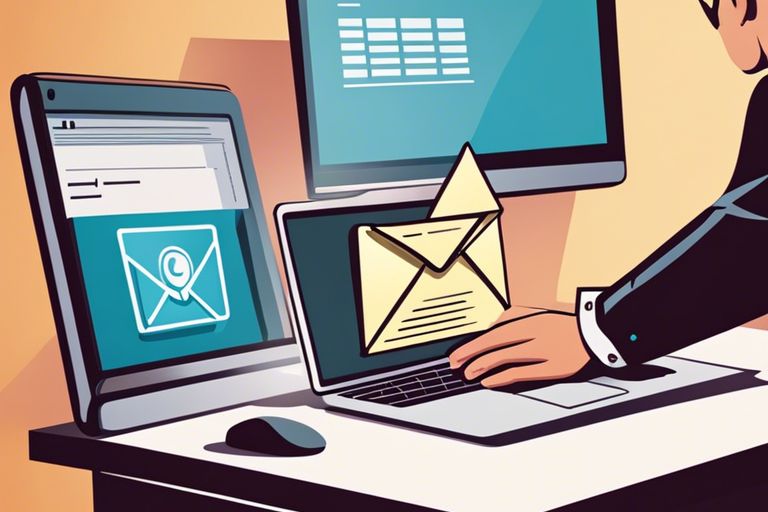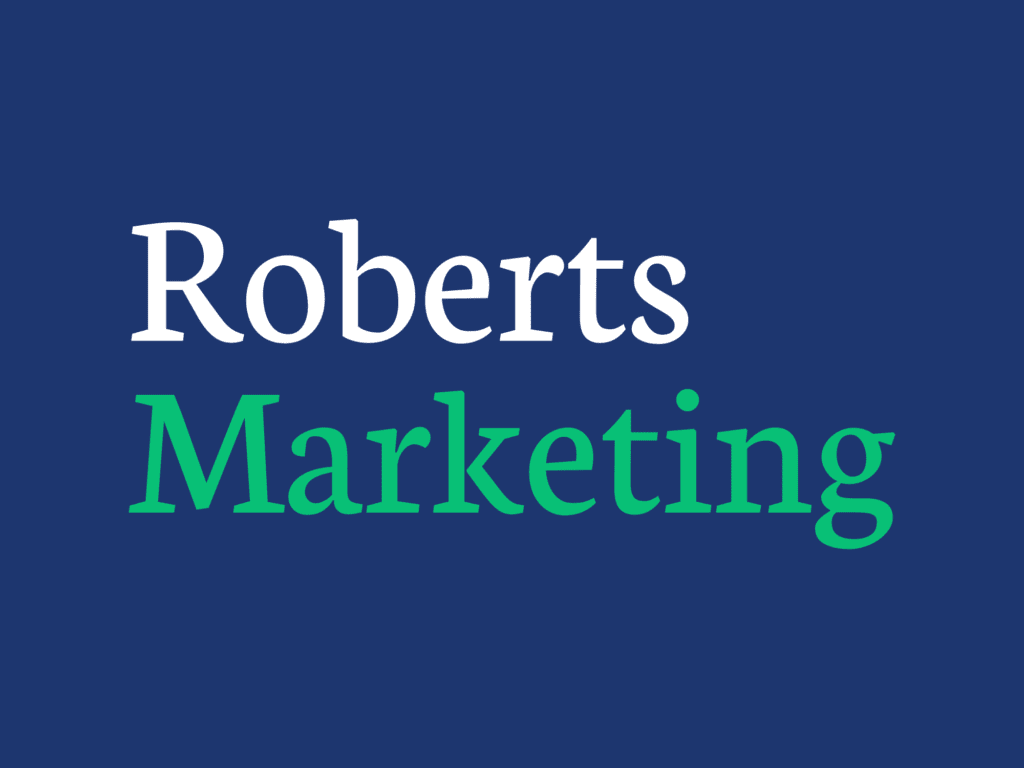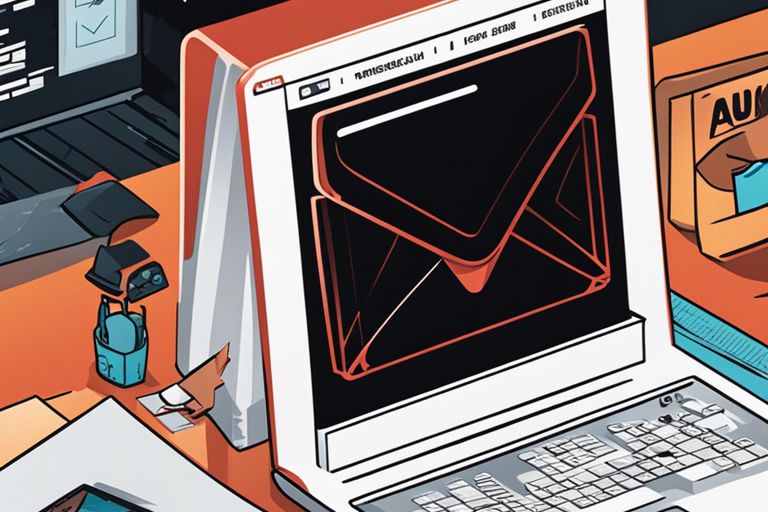Many email marketers struggle with their emails ending up in recipients’ spam folders, diminishing their chances of being seen. To ensure your emails reach the inbox and not the dreaded spam folder, it’s crucial to adhere to best practices and avoid common pitfalls. This guide will outline vital tips and strategies to help you steer clear of the spam folder and maintain a healthy sender reputation.
Key Takeaways:
- Send Relevant Content: Make sure your emails are targeted, interesting, and valuable to your subscribers to increase engagement and avoid the spam folder.
- Use Clear and Honest Subject Lines: Avoid using misleading subject lines or excessive punctuation, and clearly convey the content of your email to improve deliverability.
- Monitor Email Engagement: Keep track of metrics like open rates, click-through rates, and unsubscribes to understand how your audience is interacting with your emails and adjust your strategies accordingly.
Understanding the Factors that Lead to Spam Filtering
Your email may end up in the spam folder due to various factors that spam filters take into consideration. By understanding these factors, you can make changes to your email content and practices to avoid the spam folder. This includes the content of your email, your sender reputation, and technical aspects of your email setup.
Identifying Red Flags in Your Email Content
- Using all capital letters in the subject line or body of the email
- Overusing spam trigger words such as “free,” “buy now,” or “act fast”
- Having poor grammar or spelling mistakes
This can trigger spam filters to flag your email as spam and redirect it to the spam folder.
The Role of Sender Reputation in Spam Filtering
There’s a crucial role that sender reputation plays in email deliverability. A sender with a good reputation is more likely to avoid being marked as spam compared to a sender with a poor reputation. Sender reputation is determined by factors such as email engagement rates, complaint rates, and email authentication practices.
For instance, maintaining a healthy engagement with your email list, regularly cleaning your email list to remove inactive or unengaged subscribers, and following proper email authentication protocols can help improve your sender reputation and avoid the spam folder.
How to Craft Emails that Bypass the Spam Folder
If you want to ensure your emails reach your recipients’ inboxes, it’s crucial to follow best practices. For a comprehensive guide on how to keep your emails out of the spam folder, check out 12 Tips to Stop Your Emails From Going to Spam.
Tips for Writing Engaging Subject Lines
To increase your email open rates and avoid the spam folder, it’s imperative to craft engaging subject lines. Keep them concise, relevant, and personalized to catch the recipient’s attention. Avoid using spam-trigger words like “free” or “urgent,” as these can flag your email as spam. Assume that your subject line is the first impression your recipient will have of your email.
Best Practices for Email Body Content
Email body content plays a crucial role in determining inbox placement. Emails with relevant, valuable, and personalized content are more likely to bypass the spam folder. Avoid using excessive punctuation, all caps, or large images, as these can trigger spam filters. Craft concise and clear messages that deliver value to the recipient.

Optimizing Your Email Strategy for Deliverability
To Prevent your emails from going to spam with these 11 tips, it is crucial to optimize your email strategy for deliverability. By considering factors that affect email authentication and the importance of list hygiene and segmentation, you can improve your chances of reaching the recipient’s inbox.
Factors that Affect Email Authentication
With so many aspects influencing email authentication, such as SPF, DKIM, and DMARC protocols, it’s crucial to ensure that your authentication mechanisms are correctly set up and aligned. Implementing these protocols correctly can significantly impact your email deliverability rate, making it more likely that your emails will land in the recipient’s inbox.
The
Importance of List Hygiene and Segmentation
Strategy that is often overlooked but is vital for email deliverability is maintaining a clean and segmented email list. By regularly cleaning out inactive or bounced email addresses and segmenting your list based on subscriber preferences, engagement levels, or other relevant metrics, you can send more targeted and personalized content. This not only improves your deliverability but also enhances the overall effectiveness of your email marketing campaigns.
Final Words
Now that you know the common reasons emails end up in the spam folder and how to avoid them, make sure to follow best practices such as using a reputable email service, personalizing your content, and engaging with your subscribers regularly. By taking the necessary steps to keep your emails out of the spam folder, you can ensure that your messages reach their intended audience and achieve the desired results.
FAQ
Q: What is the spam folder?
A: The spam folder is a folder in your email account where suspicious or potentially unwanted emails are automatically filtered by the email service provider. Emails in the spam folder are usually not delivered to the inbox and are often considered as junk mail.
Q: How can I avoid emails going to the spam folder?
A: To avoid emails going to the spam folder, make sure to use a recognizable sender name and email address, avoid using all caps or excessive punctuation in the subject line, include a clear opt-out option for recipients, and regularly clean your email list to remove inactive or disengaged subscribers. Additionally, it is important to authenticate your domain and use a reputable email service provider to send emails.
Q: What are some best practices to prevent emails from being marked as spam?
A: Some best practices to prevent emails from being marked as spam include avoiding spam trigger words in the subject line and content, personalizing the email for the recipient, segmenting your email list based on user preferences, sending emails at optimal times, and monitoring your email deliverability rates. It is also recommended to include a text version of the email along with the HTML version and regularly test your emails with spam filters before sending them out.

